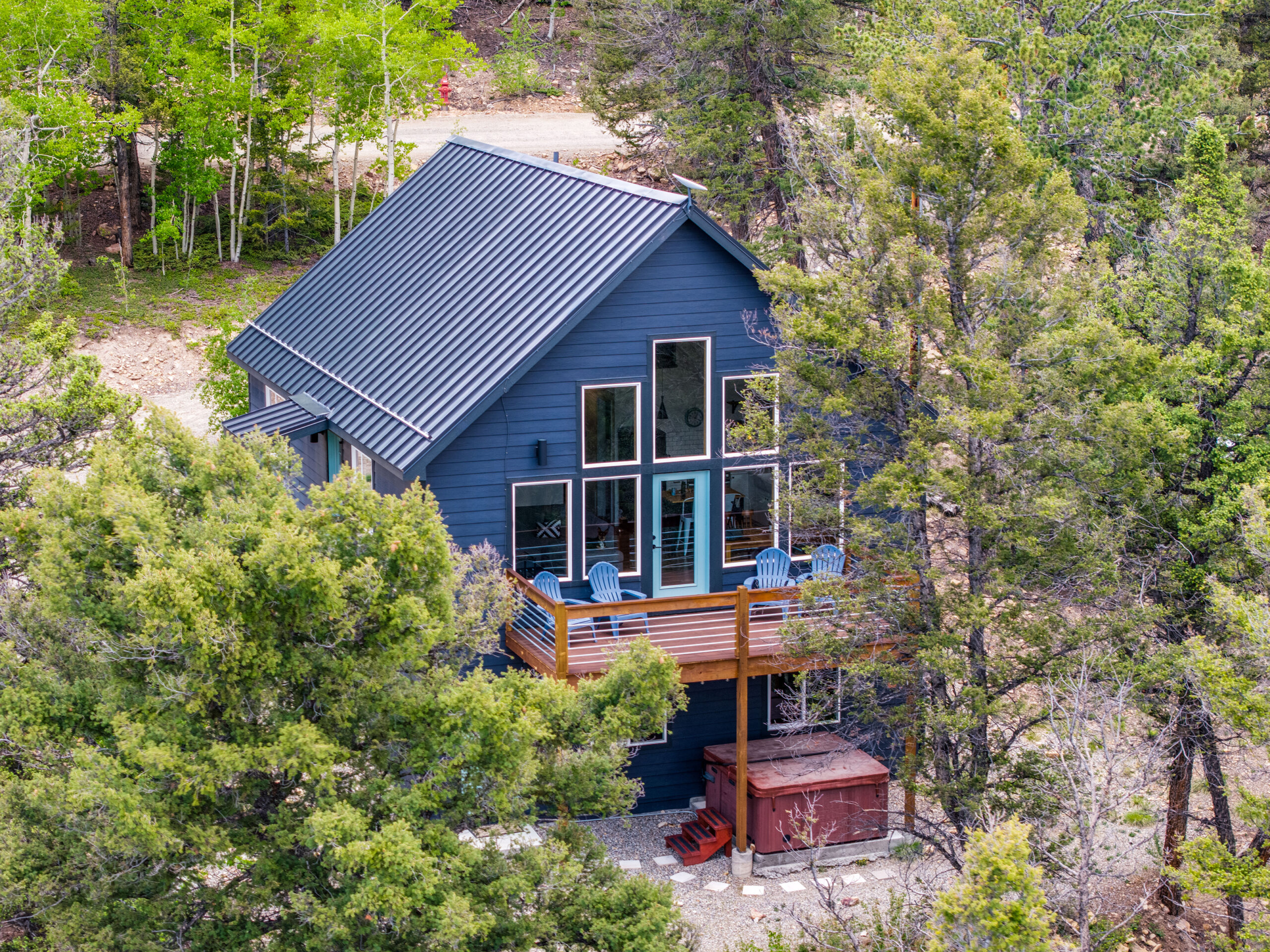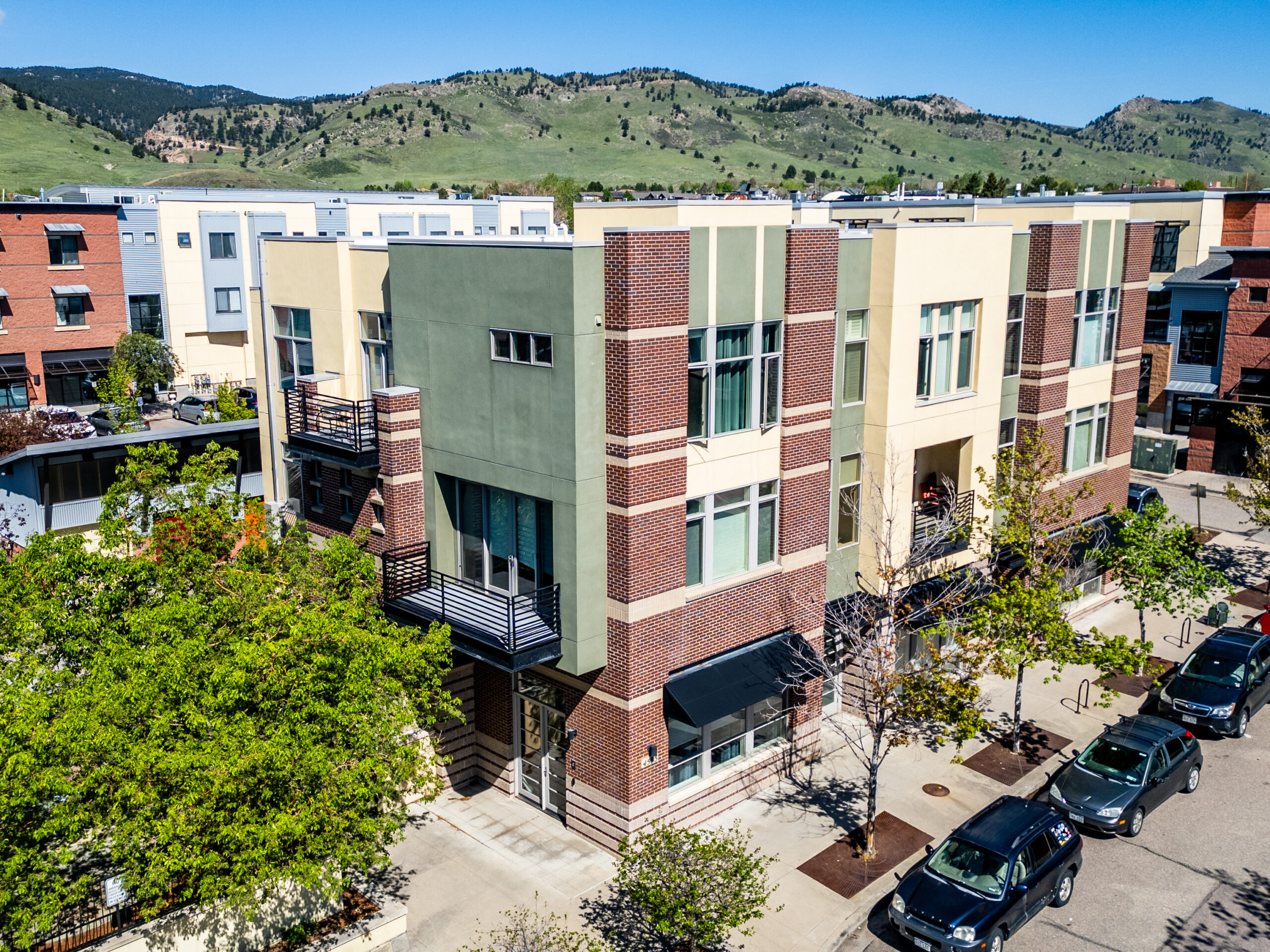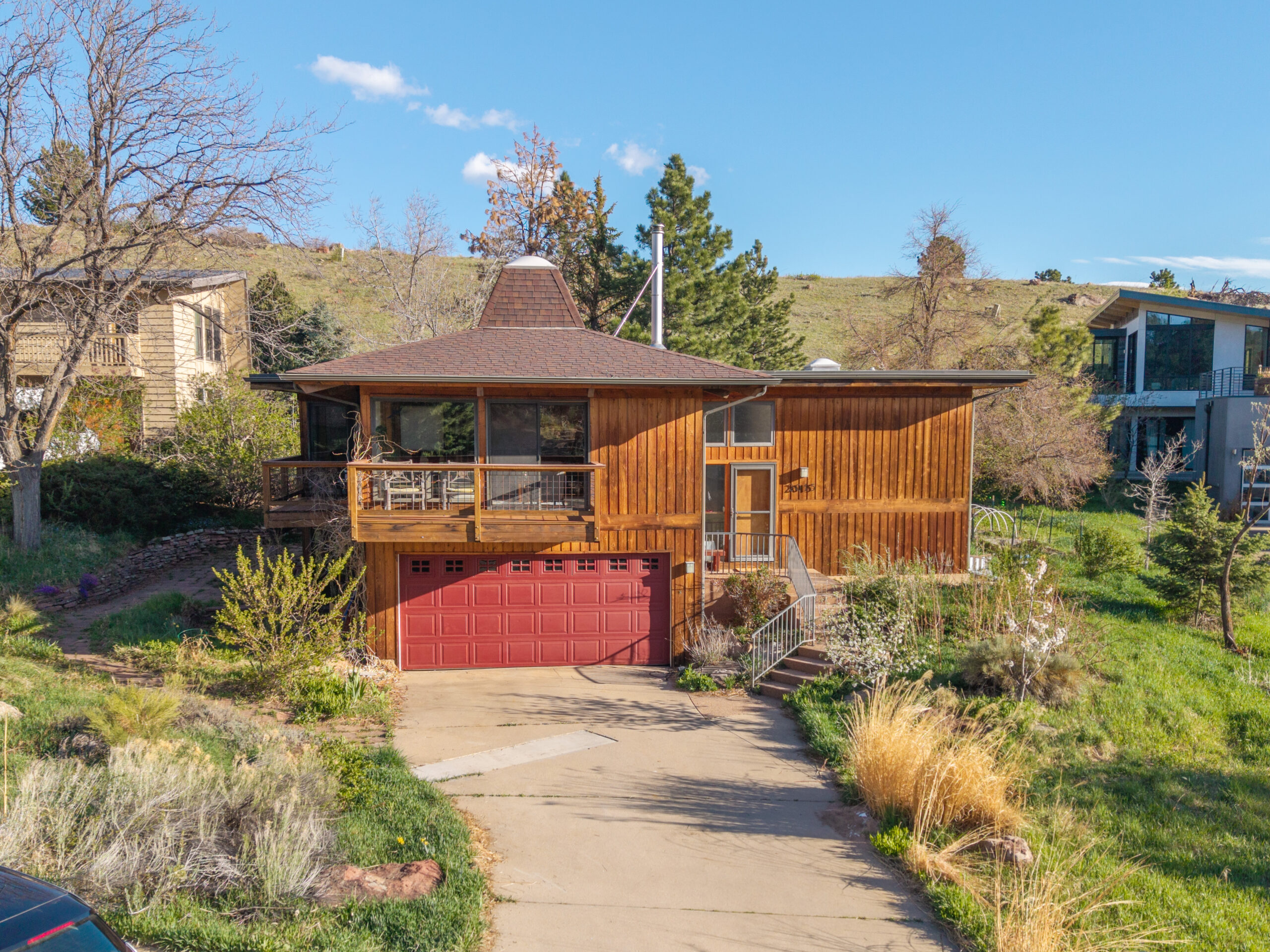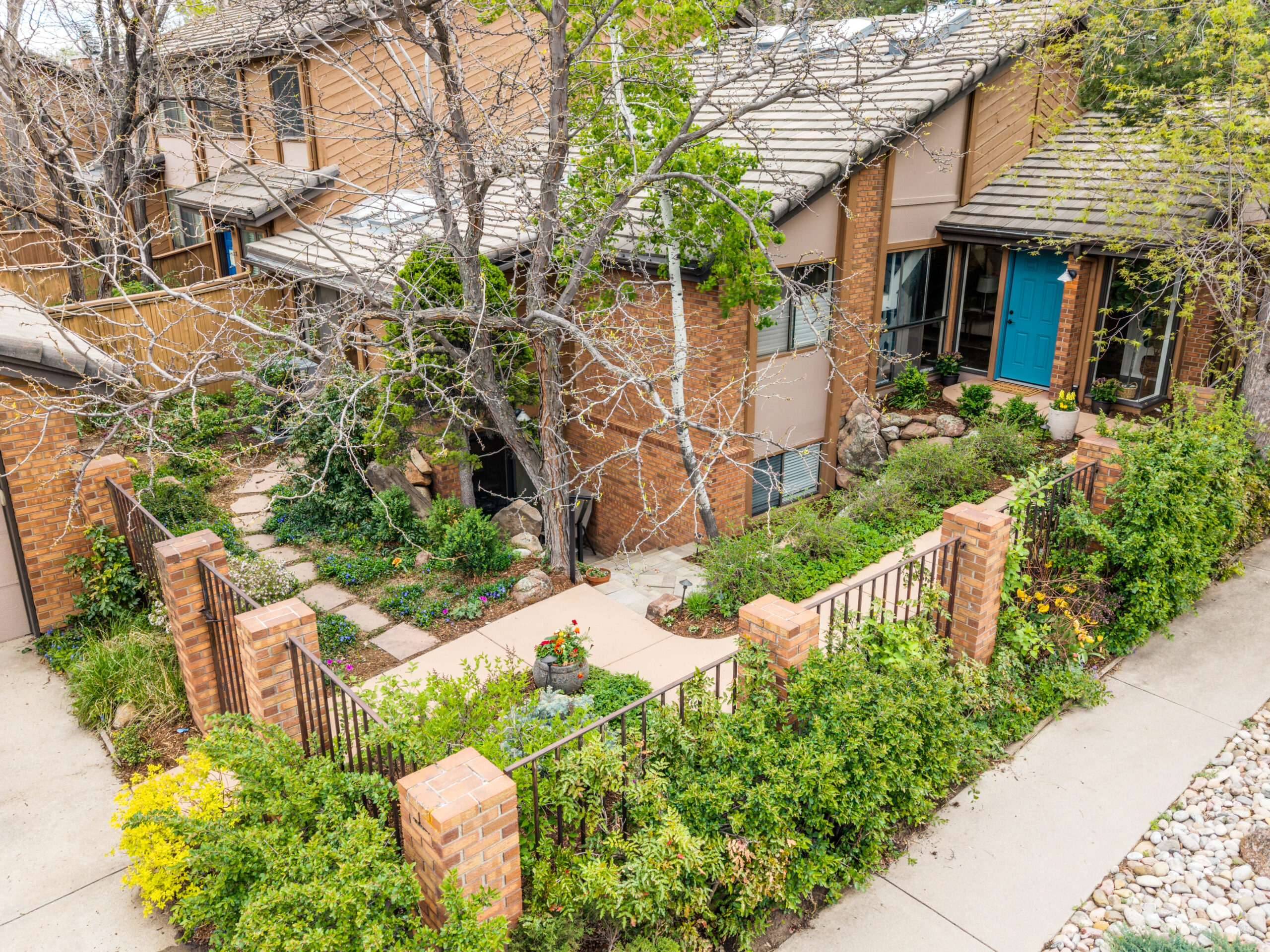Land Swap: CU South for CU North?
At last night’s Council meeting, staff revealed they are in discussions with CU for a land swap. This citizen inspired idea means that instead of investing tens of millions to re-engineer the flood plain, CU will trade mostly swamp land for nice, dry acreage (with a pretty view) in the Planning Reserve.
Of course, CU South is not just swamp land. It’s de facto open space, used by dozens of people every day to run, walk, and exercise their dogs. The wetland areas are also home to abundant wildlife. It’s a scenic part of Boulder, although not on most trail maps and largely off the radar for out of town visitors.
What are the impacts?
– North Boulder would get a massive new anchor resident, one with deep pockets. Assuming the higher education bubble doesn’t burst anytime soon, this could be a good thing.
– CU’s presence will create a powerful incentive for developers to build more residential, retail and commercial spaces.
– The trade will likely be for a relatively small portion of the available space in the Planning Reserve. This leaves open the possibility of public-private partnerships, in collaboration with CU, to maximize the potential of the Planning Reserve.
– Unless tackled aggressively, our community will suffer from more traffic congestion and other associated impacts that go along with density. More density on the north side of town will slow traffic on Broadway and 28th Street even more, especially during peak periods. If congestion is the result of new development, quality of life is likely to drop.
– This will take a long time to sort out. Of course it will.
Expect community protest
Those strongly opposed to new housing will fight it. Believe it or not, so will those who want more housing. They won’t like trading CU a large parcel of buildable land for low lying open space. The Planning Reserve is space that could be used to create high density housing for people who are not part of the university.
Whichever direction Boulder moves, expect resistance. It’s virtually guaranteed. From saving the prairie dogs to flood mitigation, from protecting views to mitigating density related impacts – everyone in Boulder has a stake in the outcome. Our community is passionate. We care and we’re going to protest.
My position
CU is going to keep growing. There is little we can do to slow it, but we can help direct the outcome.
Boulder’s leverage in this negotiation is time-limited and related to utility hookups. The option to ignore it is not a good one. It’s far better to actively shape the direction our community is headed than sit on the sidelines, hoping for a perfect outcome.
Hope is not a strategy.
We need to address transportation while these negotiations are underway. It shouldn’t be an afterthought. If we’re going to ever create a north-south, grade separated path and separated bus lane that runs the length of Boulder, the time is now. CU should require efficient transportation for the health and safety of their students and faculty. Boulder should require it so that congested related objections are more than adequately addressed – not for the next 10 years, for the next 50 years.
And no, a Gondola is not a reasonable answer. It doesn’t address the peak demand issue created by class schedules. It works for a ski resort, which delivers services in a constant stream (skiing the mountain). It doesn’t work for classes that begin and end on roughly the same schedule, with high flow at multiple coordinated times per day.
As for the community protest, it’s a good thing. It leads to a slower planning process. For an example of the opposite, look no further than the Alpine Balsam money hole. In a rush to keep the property from private development, Boulder side stepped Tabor and acquired the property without a thorough understanding of the cost to deconstruct. They didn’t even get buy-in from the County, who they hoped would one day occupy a portion of the development.
Oops.
We’re now faced with a massive liability, far in excess of its potential value. A slow, more thorough process, preferably with private partnerships, will be a good thing.
Let’s see where Council drives this bus.
—-
Osman Parvez is the Founder and Employing Broker of House Einstein. Originally from the Finger Lakes region of New York, he lives in Boulder with his wife and their Labrador Retriever. He has been a Realtor since 2005.
Osman is the primary author of the House Einstein blog with over 1,200 published articles about Boulder real estate. His work has also appeared in many other blogs about Boulder as well as mainstream newspapers, including the Wall Street Journal and Daily Camera.
For more information, click HERE.
—
Ready to buy or sell? Schedule an appointment or call 303.746.6896.
You can also like our Facebook page or follow us on Twitter.
As always, your referrals are deeply appreciated.
—
The ideas and strategies described in this blog are the opinion of the writer and subject to business, economic, and competitive uncertainties. We strongly recommend conducting rigorous due diligence and obtaining professional advice before buying or selling real estate.
—-
Land Swap: CU South for CU North?
At last night’s Council meeting, staff revealed they are in discussions with CU for a land swap. This citizen inspired idea means that instead of investing tens of millions to re-engineer the flood plain, CU will trade mostly swamp land for nice, dry acreage (with a pretty view) in the Planning Reserve.
Of course, CU South is not just swamp land. It’s de facto open space, used by dozens of people every day to run, walk, and exercise their dogs. The wetland areas are also home to abundant wildlife. It’s a scenic part of Boulder, although not on most trail maps and largely off the radar for out of town visitors.
What are the impacts?
– North Boulder would get a massive new anchor resident, one with deep pockets. Assuming the higher education bubble doesn’t burst anytime soon, this could be a good thing.
– CU’s presence will create a powerful incentive for developers to build more residential, retail and commercial spaces.
– The trade will likely be for a relatively small portion of the available space in the Planning Reserve. This leaves open the possibility of public-private partnerships, in collaboration with CU, to maximize the potential of the Planning Reserve.
– Unless tackled aggressively, our community will suffer from more traffic congestion and other associated impacts that go along with density. More density on the north side of town will slow traffic on Broadway and 28th Street even more, especially during peak periods. If congestion is the result of new development, quality of life is likely to drop.
– This will take a long time to sort out. Of course it will.
Expect community protest
Those strongly opposed to new housing will fight it. Believe it or not, so will those who want more housing. They won’t like trading CU a large parcel of buildable land for low lying open space. The Planning Reserve is space that could be used to create high density housing for people who are not part of the university.
Whichever direction Boulder moves, expect resistance. It’s virtually guaranteed. From saving the prairie dogs to flood mitigation, from protecting views to mitigating density related impacts – everyone in Boulder has a stake in the outcome. Our community is passionate. We care and we’re going to protest.
My position
CU is going to keep growing. There is little we can do to slow it, but we can help direct the outcome.
Boulder’s leverage in this negotiation is time-limited and related to utility hookups. The option to ignore it is not a good one. It’s far better to actively shape the direction our community is headed than sit on the sidelines, hoping for a perfect outcome.
Hope is not a strategy.
We need to address transportation while these negotiations are underway. It shouldn’t be an afterthought. If we’re going to ever create a north-south, grade separated path and separated bus lane that runs the length of Boulder, the time is now. CU should require efficient transportation for the health and safety of their students and faculty. Boulder should require it so that congested related objections are more than adequately addressed – not for the next 10 years, for the next 50 years.
And no, a Gondola is not a reasonable answer. It doesn’t address the peak demand issue created by class schedules. It works for a ski resort, which delivers services in a constant stream (skiing the mountain). It doesn’t work for classes that begin and end on roughly the same schedule, with high flow at multiple coordinated times per day.
As for the community protest, it’s a good thing. It leads to a slower planning process. For an example of the opposite, look no further than the Alpine Balsam money hole. In a rush to keep the property from private development, Boulder side stepped Tabor and acquired the property without a thorough understanding of the cost to deconstruct. They didn’t even get buy-in from the County, who they hoped would one day occupy a portion of the development.
Oops.
We’re now faced with a massive liability, far in excess of its potential value. A slow, more thorough process, preferably with private partnerships, will be a good thing.
Let’s see where Council drives this bus.
—-
Osman Parvez is the Founder and Employing Broker of House Einstein. Originally from the Finger Lakes region of New York, he lives in Boulder with his wife and their Labrador Retriever. He has been a Realtor since 2005.
Osman is the primary author of the House Einstein blog with over 1,200 published articles about Boulder real estate. His work has also appeared in many other blogs about Boulder as well as mainstream newspapers, including the Wall Street Journal and Daily Camera.
For more information, click HERE.
—
Ready to buy or sell? Schedule an appointment or call 303.746.6896.
You can also like our Facebook page or follow us on Twitter.
As always, your referrals are deeply appreciated.
—
The ideas and strategies described in this blog are the opinion of the writer and subject to business, economic, and competitive uncertainties. We strongly recommend conducting rigorous due diligence and obtaining professional advice before buying or selling real estate.
—-
Share This Listing!
More about the author
Osman Parvez
Owner & Broker at House Einstein as well as primary author of the House Einstein blog with over 1,200 published articles about Boulder real estate. His work has appeared in the Wall Street Journal and Daily Camera.
Osman is the primary author of the House Einstein blog with over 1,200 published articles about Boulder real estate. His work has also appeared in many other blogs about Boulder as well as mainstream newspapers, including the Wall Street Journal and Daily Camera. Learn more about Osman.
Work with
House Einstein
Thinking about buying or selling and want professional advice?
Call us at 303.746.6896
Your referrals are deeply appreciated.














